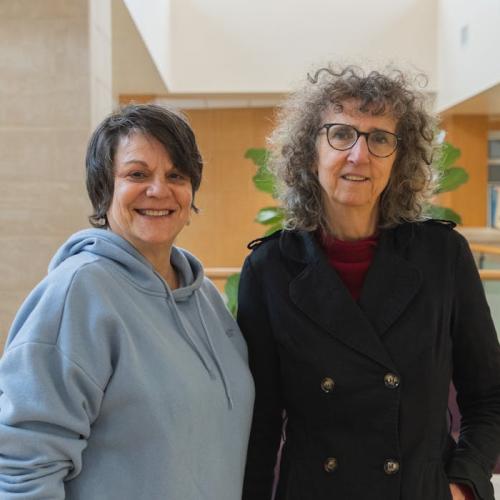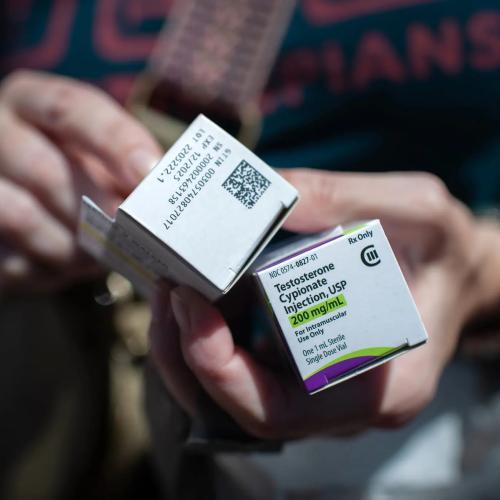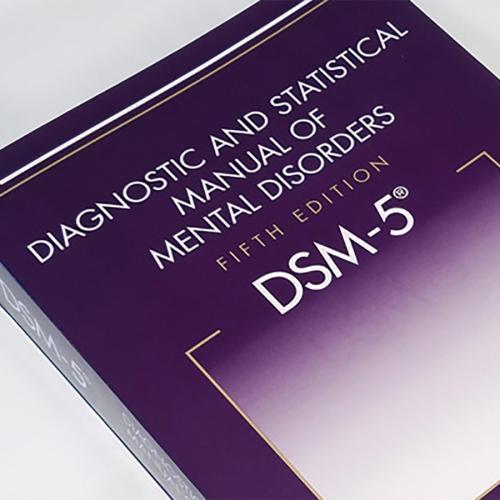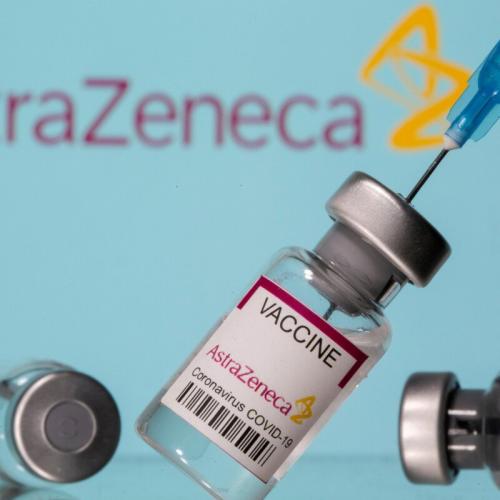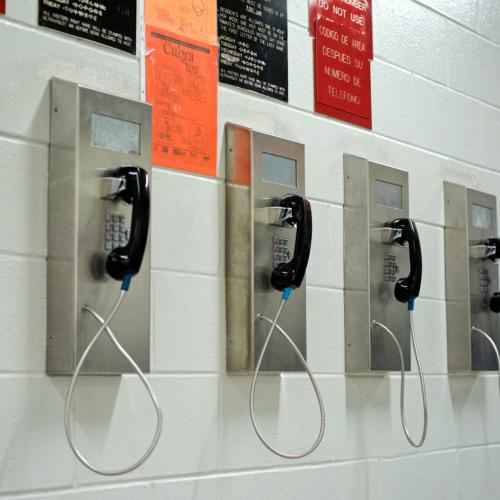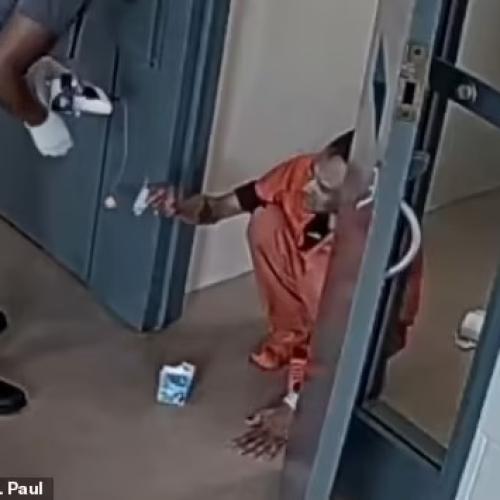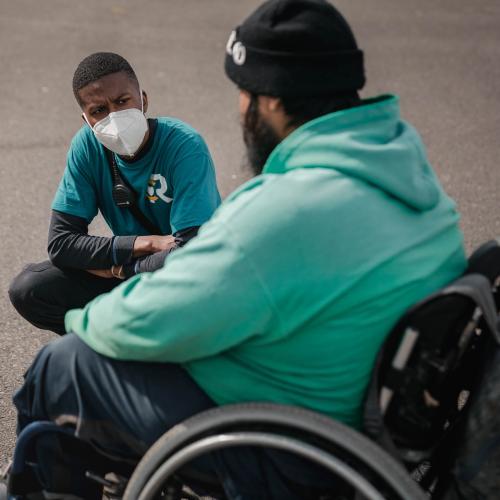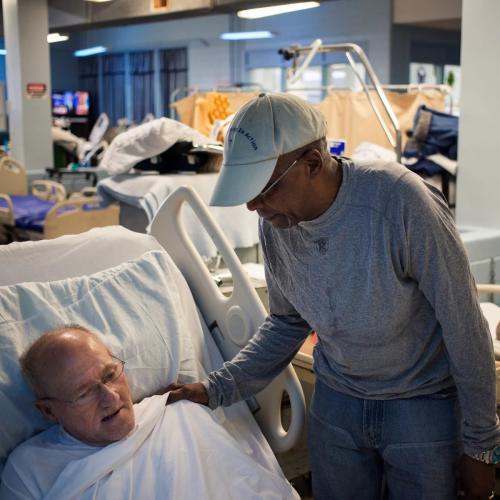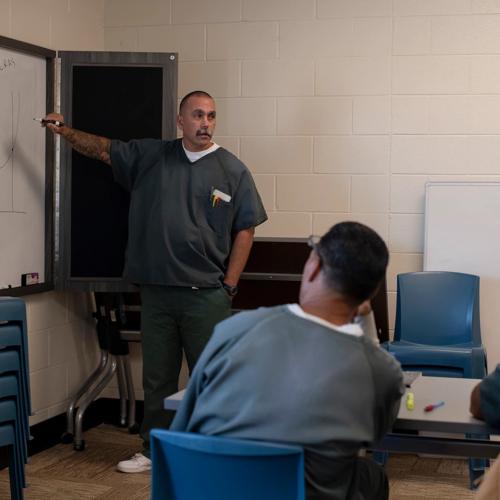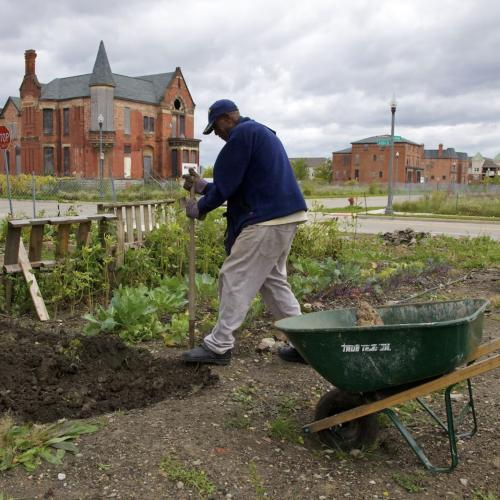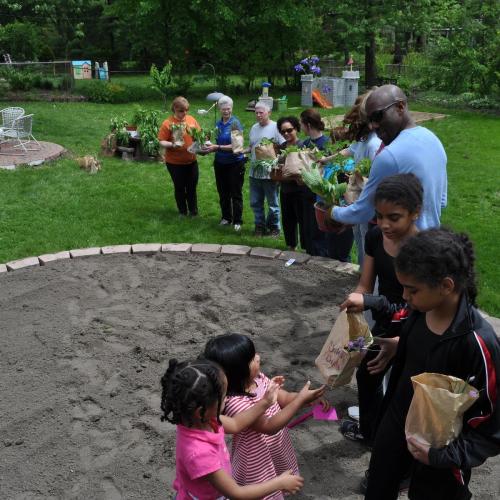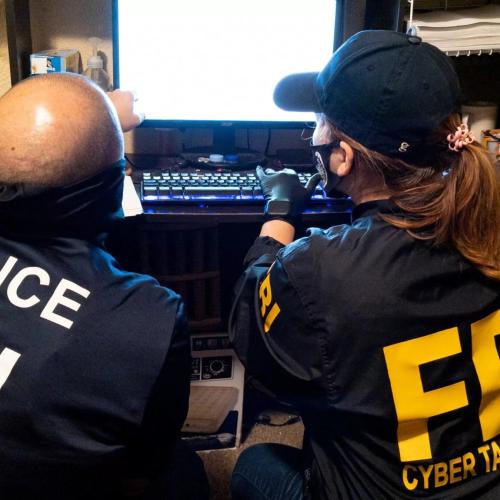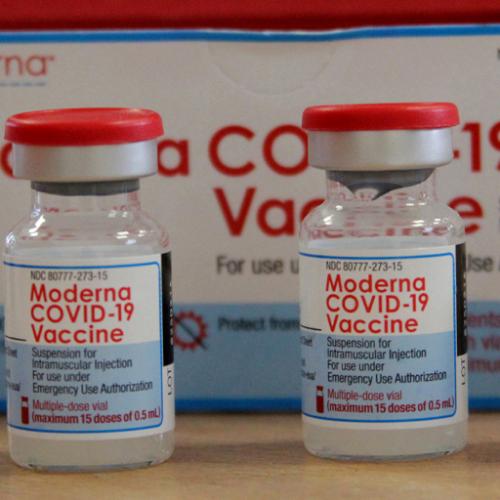Inspiring: Repairing Our Criminal Justice System News Stories
Below are key excerpts of inspiring news articles on repairing our criminal justice system from reliable news media sources. If any link fails to function, a paywall blocks full access, or the article is no longer available, try these digital tools.
For further exploration, delve into our Inspiration Center.
August 9, 2014, was one of the most memorable days of my life. On that day I entered a maximum-security prison in Lancaster, Calif. to witness an extraordinary event connecting the lives of some of its inmates with a pack of rescued shelter dogs. Five lucky dogs ... were pulled from a high-kill shelter in Los Angeles and entered this Level 4 prison for a chance at a better life. Earlier this year, Karma Rescue, a nonprofit that saves at-risk dogs from high-kill shelters across Southern California, partnered with the California State Prison Los Angeles County in Lancaster to create "Paws for Life," a program that matches rescued dogs with inmates who train them to boost their odds of adoption. Fourteen inmates were ... selected to train five shelter dogs who stayed at the prison this summer for a 12-week program. From the very beginning, the program struck a chord with everyone involved. Karma Rescue's founder Rande Levine wrote, "Men who had not seen an animal in decades were openly emotional at the sight of the beautiful creatures before them. Just petting our dogs brought many to happy tears. It was a day I will never, ever forget." Several times a week, professional dog trainer Mark Tipton and several dedicated Karma Rescue volunteers drove out to the prison to instruct the inmates on how to train their assigned dogs for 'Canine Good Citizen' certification, a designation that increases the chance that a dog will be successfully adopted.
Note: Don't miss the moving pictures of this inspiring program at the link above. Explore a treasure trove of concise summaries of incredibly inspiring news articles which will inspire you to make a difference.
The Dutch government is facing an unusual crisis: Prison undercrowding. There are now more guards and other prison staff than there are prisoners in the Netherlands for the first time, according to data released by the Justice Ministry. In 2008, there were around 15,000 inmates, in a country of 17 million. As of March of this year, there were just 9,710 inmates remaining, compared with 9,914 guards. And the number of inmates included 650 Belgian criminals the Netherlands is housing as part of a temporary deal. In the U.S., the figure is more like one guard or staff member per five prisoners. The overall U.S. incarceration rate is more than 10 times higher. Justice Ministry spokesman Jochgem van Opstal said "we're studying what the reason for the decline is." The ministry is already in the process of closing prisons and cutting 3,500 staff. Last week, labor union Abvakabo FNV slammed the cuts, saying they were leading to "staffing shortages." "At this moment you can't say there is any safety in Dutch prisons," union leader Corrie van Brenk said in an interview with Dutch broadcaster NOS. "It's an explosive situation." The government has rejected the criticism, saying violent incidents at prisons have been declining. One change politicians are considering is ending a practice of granting probation to criminals once they have served two-thirds of their sentences.
Note: For a treasure trove of great news articles which will inspire you to make a difference, click here.
Swedish prisons have long had a reputation around the world as being liberal and progressive. The head of Sweden's prison and probation service, Nils Oberg, announced in November that four Swedish prisons are to be closed due to an "out of the ordinary" decline in prisoner numbers. Although there has been no fall in crime rates, between 2011 and 2012 there was a 6% drop in Sweden's prisoner population, now a little over 4,500. A similar decrease is expected this year and the next. The Swedes [have] managed to maintain a broadly humane approach to sentencing, even of the most serious offenders: jail terms rarely exceed 10 years; those who receive life imprisonment can still apply to the courts after a decade to have the sentence commuted to a fixed term, usually in the region of 18 to 25 years. Sweden was the first country in Europe to introduce the electronic tagging of convicted criminals and continues to strive to minimise short-term prison sentences wherever possible by using community-based measures proven to be more effective at reducing reoffending. The overall reoffending rate in Sweden stands at between 30 and 40% over three years around half that in the UK. One likely factor that has kept reoffending down and the rate of incarceration in Sweden below 70 per 100,000 head of population less than half the figure for England and Wales is that the age of criminal responsibility is set at 15. Unlike the UK, where a life sentence can be handed down to a 10-year-old, in Sweden no young person under the age of 21 can be sentenced to life and every effort is made to ensure that as few juvenile offenders as possible end up in prison.
Note: For a Time magazine article showing how Norway's prisons actually rehabilitate prisoners so that they can more easily fit back in society, click here. For a treasure trove of great news articles which will inspire you to make a difference, click here.
Most modern justice systems focus on a crime, a lawbreaker and a punishment. But a concept called restorative justice considers harm done and strives for agreement from all concerned the victims, the offender and the community on making amends. And it allows victims, who often feel shut out of the prosecutorial process, a way to be heard and participate. In this country, restorative justice takes a number of forms, but perhaps the most prominent is restorative-justice diversion. There are not many of these programs a few exist on the margins of the justice system in communities like Baltimore, Minneapolis and Oakland, Calif. but, according to a University of Pennsylvania study in 2007, they have been effective at reducing recidivism. Typically, a facilitator meets separately with the accused and the victim, and if both are willing to meet face to face without animosity and the offender is deemed willing and able to complete restitution, then the case shifts out of the adversarial legal system and into a parallel restorative-justice process. All parties the offender, victim, facilitator and law enforcement come together in a forum sometimes called a restorative-community conference. Each person speaks, one at a time and without interruption, about the crime and its effects, and the participants come to a consensus about how to repair the harm done. The methods are mostly applied in less serious crimes, like property offenses in which the wrong can be clearly righted. The processes are designed to be flexible enough to handle violent crime like assault, but they are rarely used in those situations.
Note: This deeply moving and highly educational piece from the New York Times Magazine about the power of restorative justice is well worth reading in its entirety at the link above.
On Bastoy, an island 46 miles south of Oslo, [125] residents live in brightly colored wooden chalets, spread over one square mile of forest and gently sloping hills. They go horseback riding and throw barbecues, and have access to a movie theater, tanning bed and, during winter, two ski jumps. Despite all its trappings, Bastoy island isn't an exclusive resort: it's a prison. Bastoy's governor ... describes it as the world's first human-ecological prison a place where inmates learn to take responsibility for their actions by caring for the environment. Prisoners grow their own organic vegetables, turn their garbage into compost and tend to chickens, cows, horses and sheep. The prison generally emphasizes trust and self-regulation: Bastoy has no fences, the windows have no bars, and only five guards remain on the island after 3 p.m. In an age when countries from Britain to the U.S. cope with exploding prison populations by building ever larger and, many would say, ever harsher prisons, Bastoy seems like an unorthodox, even bizarre, departure. But Norwegians see the island as the embodiment of their country's long-standing penal philosophy: that traditional, repressive prisons do not work, and that treating prisoners humanely boosts their chances of reintegrating into society. Norway's system produces overwhelmingly positive results. Within two years of their release, 20% of Norway's prisoners end up back in jail. In the U.K. and the U.S., the figure hovers between 50% and 60%. Of course, Norway's ... prison roll lists a mere 3,300 inmates, a rate of 70 per 100,000 people, compared with 2.3 million in the U.S., or 753 per 100,000 the highest rate in the world.
Note: Why aren't other countries taking heed of Norway's excellent example? Part of the reason is that some companies make massive profits from the prison system. For more on this, click here.
Important Note: Explore our full index to revealing excerpts of key major media news stories on several dozen engaging topics. And don't miss amazing excerpts from 20 of the most revealing news articles ever published.









